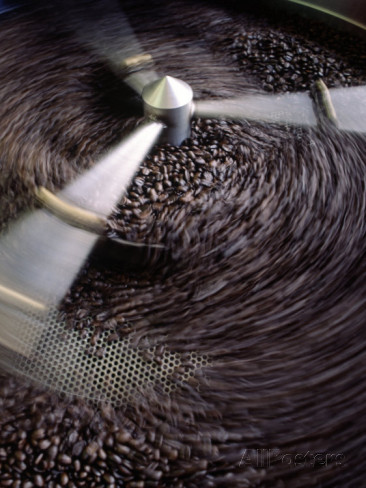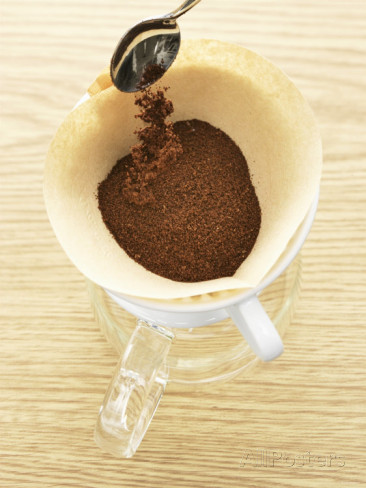Coffee Manufacturing Procedures
Coffee education also explores the procedure of making the final consumable product. Coffee manufacturing is the second scale of coffee production. It is the next step that follows coffee harvesting. It involves different stages. It starts from roasting coffee beans and ends up with packing. Coffee manufacturing is a very competitive business. Many investments in technology are more than necessary.
The biggest coffee manufacturing countries are not in the map of the coffee producing countries. They import raw beans and then they proceed with their methods to produce different types of coffee. Among the largest coffee manufacturing countries are USA, Germany, France, Italy and Switzerland.
COFFEE MANUFACTURING A’ - ROASTING THE BEANS

In coffee manufacturing, the roasting takes a little time to finish. It is essential in achieving the “identity” of any coffee brand. The coffee beans do not acquire any flavor. Roasting will turn them from light green to brown. They will release an intense aroma. Roasting will force the hidden oils to come out.
The roasting recipe is a great secret formula in coffee manufacturing. It is passed from father to son. The person attending the procedure must be of high responsibility qualities. Different varieties of coffee (Arabica/Robusta) require and different roasting routine. This fact makes an experience roaster a very important person in this business.
Roasting time depends on machinery and technology. The process will take approximately up to 20 minutes.
Basic roasting steps in coffee manufacturing are:
- The temperature begins from 100 degrees Celsius (211 Fahrenheit). It will change the coffee beans to yellow. The smell will be like toast.
- It increases to 180 degrees Celsius (356 Fahrenheit). The coffee beans turn to light brown color. They double in size. The first crack is clearly heard at this point.
- From this point, further increase of temperature will depend on the flavor recipe followed. It sometimes might rise up to 300 degrees Celsius (572 Fahrenheit).
COFFEE MANUFACTURING B’ - GRINDING THE ROASTED BEANS

After the flavor uncovering, coffee beans go to the grinding process. Coffee grinding is a critical step in coffee manufacturing. The proper procedure will lead to improvement of coffee taste. The aroma is naturally preserved. Every type of coffee is ground in a different way.
The 5 most used grinds in coffee manufacturing are:
- COARSE - Particles of coffee look like sea salt (i.e. French press coffee).
- MEDIUM – Like sand in a beach (i.e. Filter coffee).
- FINE – Like table salt (i.e. Coffee in moka pot).
- EXTRA FINE – Like castor sugar (i.e. Espresso from steam machine).
- TURKISH – Like fine powder (i.e. Turkish style coffee).
Usually there is a procedure of selecting same sizes of beans. This will avoid problems in the final texture of the coffee. The grinding should be done in small quantities.
COFFEE MANUFACTURING C’ - PACKING THE GROUND COFFEE

Coffee packaging must follow the soonest possible the phases grinding. Keeping the ground coffee fresh on shelves is a serious factor for a successful coffee manufacturing business.
The main enemy of fresh ground coffee is oxygen. The correct package must take into consideration this factor seriously. Coffee staling will be subject not only to oxygen contact but also on moisture and sunlight.
The most usual package options are:
- BULK COFFEE – In cans or foil type bags ranging in different weight options (i.e. 250 gr/0.5 lb. – 1 kg/2 lbs.).
- PILLOW PACK COFFEE – Ground pre-measured coffee in foil type bags. Each bag brews 1 pot of coffee.
- FILTER PACK COFFEE – Ground pre-measured coffee with a filter paper.
- SINGLE SERVE – Ground coffee sealed in a small filter paper which makes 1 cup of coffee (i.e. Coffee pods, Keuring K-Cups, Tassimo).
![]()